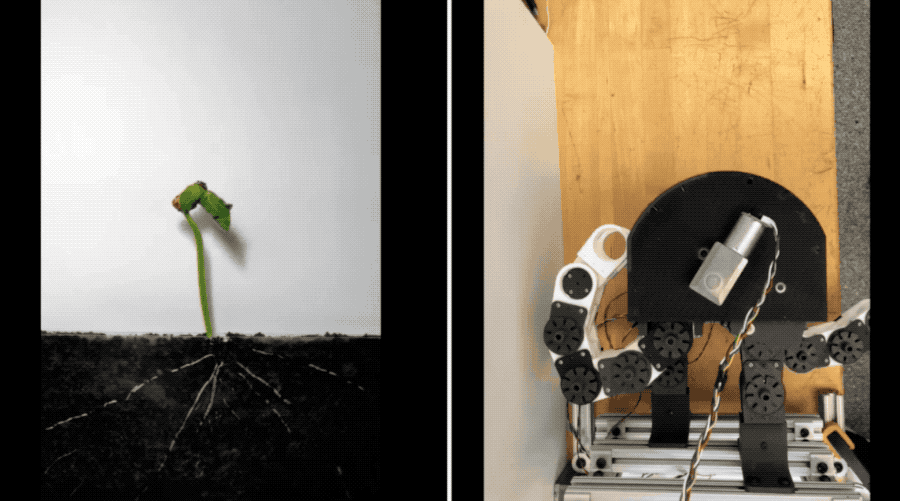In a remarkable fusion of biology and technology, researchers at MIT have developed a novel robotic design that significantly expands the possibilities of industrial robots. This exciting innovation allows robots to “grow” in a manner akin to young plants, thereby solving the commonly encountered problem of navigating tight spaces in factories and warehouses. With a versatile design that brings forth the ability to reach previously inaccessible areas, this robotic marvel stands to change how we think about automation in the industrial sector.
The Need for Versatile Robotics
Industrial environments have long posed challenges for robotic applications. Traditional robots require ample space to operate effectively, often confined by their fixed dimensions. Consequently, factory layouts have typically been structured around the limitations of these industrial machines, creating a need for robots that can adapt to varying tasks without significantly altering their surroundings. Enter the MIT robot, representing a transformative approach to addressing the “last foot” problem faced by industrial robots.
How Does It Work?
At the heart of this innovation is a chain-like apparatus resembling a bicycle chain but with the capability to interlock and unlock its segments. The design comprises interlocking blocks that can form a solid, rigid column to support heavy grippers, tools, or cameras while maintaining flexibility when needed. This unique ability allows the robot to compress into a compact form for transport across the factory floor before extending its ‘arm’ into tight gaps or around obstacles.
- Compact Transportation: The robot’s configuration lets it fit into small spaces, making it easier to transport.
- Versatile Operation: By unlocking into a flexible state, it can navigate through cluttered machinery.
- Enhanced Functionality: It can perform tasks like tightening bolts, manipulating controls, and even diagnosing machinery using sensors.
The Broader Implications
This innovation is not just an engineering feat; it redefines how we approach industrial tasks. By enabling more complex interactions with machinery and environments, these “grobots” can contribute to increased efficiency and safety in workplaces. Beyond just industrial settings, the flexibility offered by such designs could lead to advancements in fields like healthcare, construction, and even space exploration, where access to tight or hazardous areas is critical.
Moving Forward with Robotics
The benefits of this MIT-developed robot extend beyond merely solving the “last foot” challenge. It opens the door for a revolution in how robots can interact with their environments. As this technology continues to evolve and undergo further research, the implications for industries that rely on machinery could be profound.
At fxis.ai, we believe that such advancements are crucial for the future of AI, as they enable more comprehensive and effective solutions. Our team is continually exploring new methodologies to push the envelope in artificial intelligence, ensuring that our clients benefit from the latest technological innovations.
Conclusion
The development of robots that can emulate the growth patterns of plants represents a significant advance in robotics. As we see an increasing demand for more adaptable and capable automation systems in various industries, the MIT robot could be a pivotal player in meeting these challenges. In an era where efficiency and precision are more vital than ever, embracing such innovative technologies will undoubtedly reshape the landscape of industrial robotics.
For more insights, updates, or to collaborate on AI development projects, stay connected with fxis.ai.

